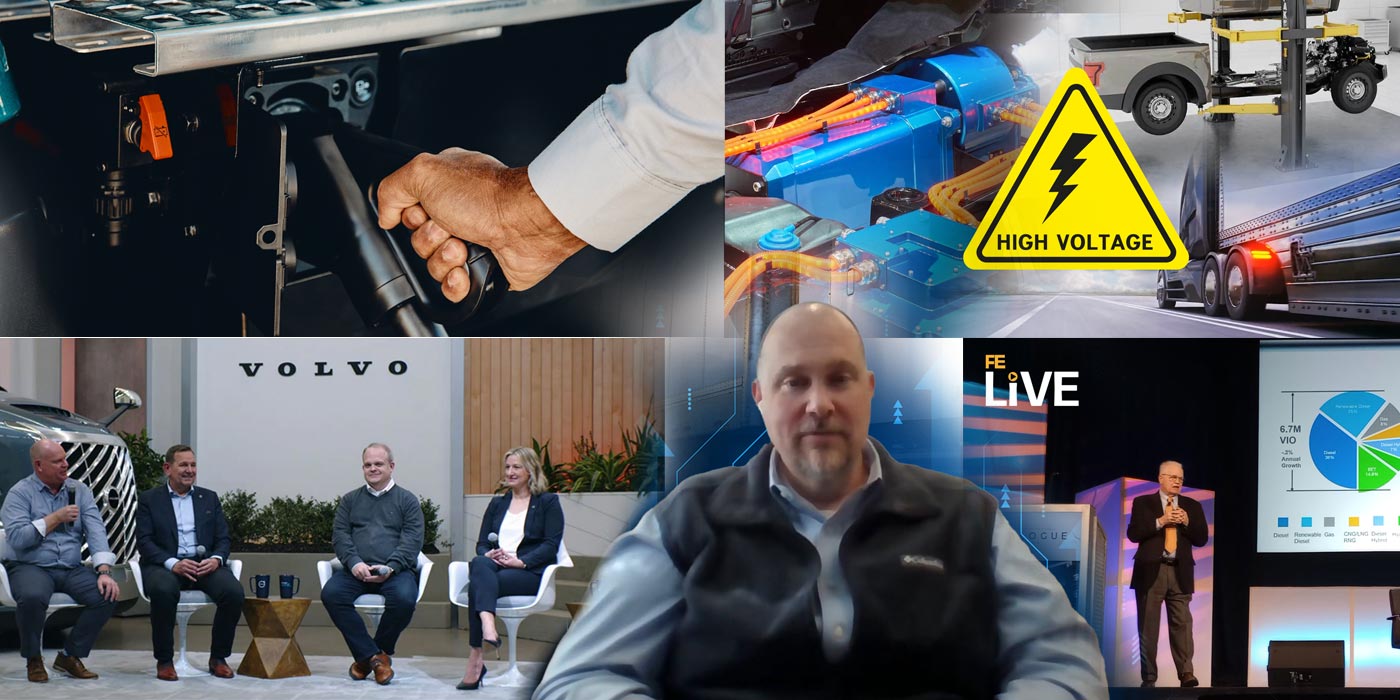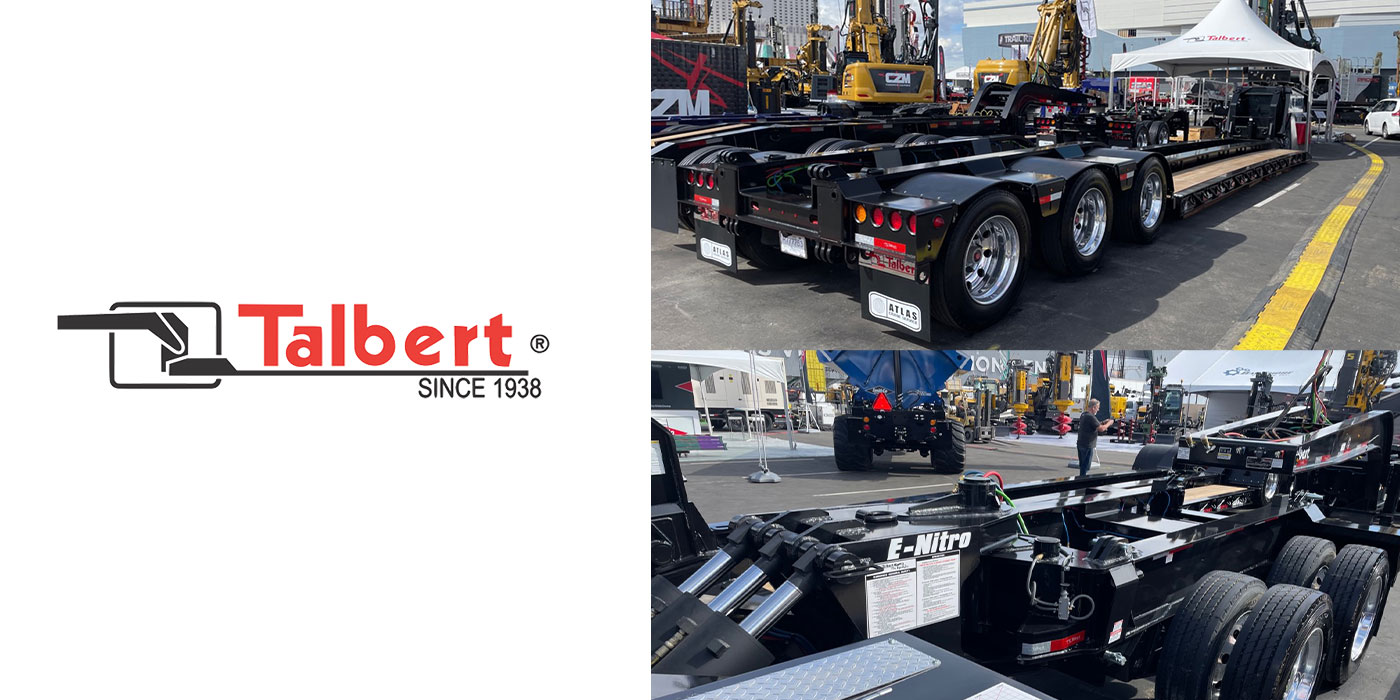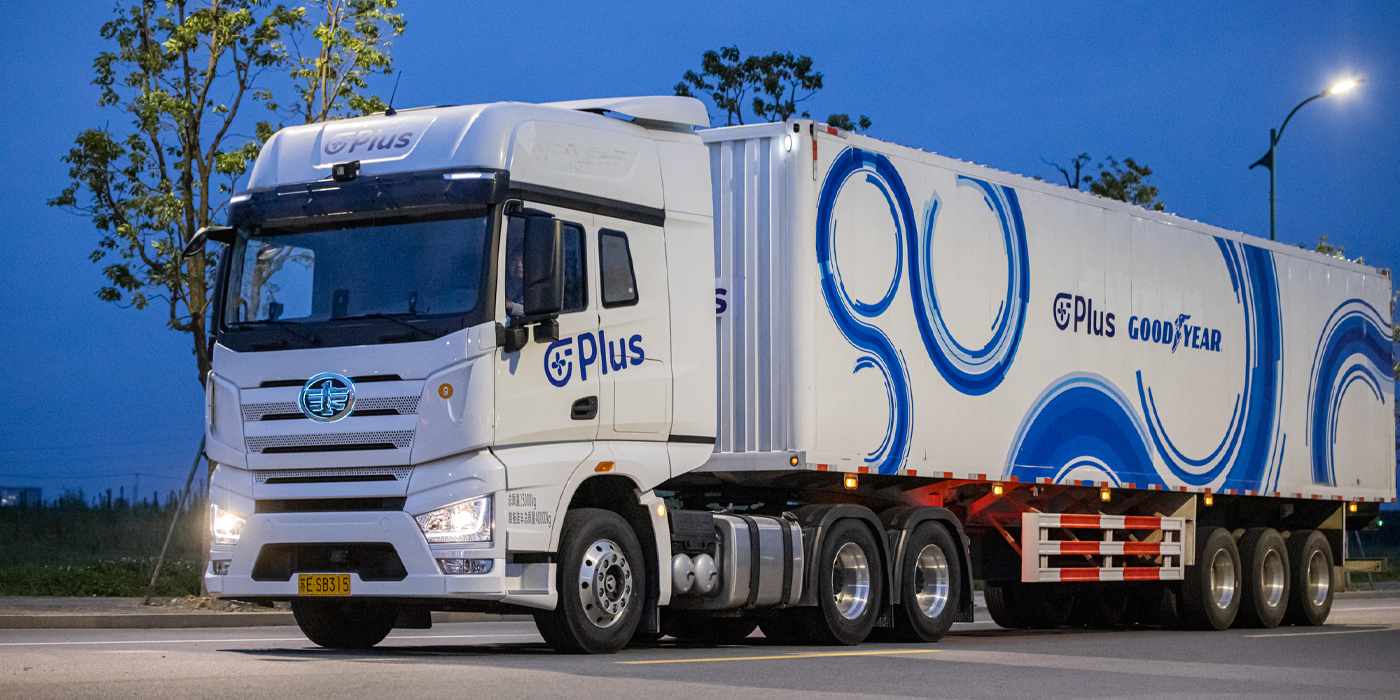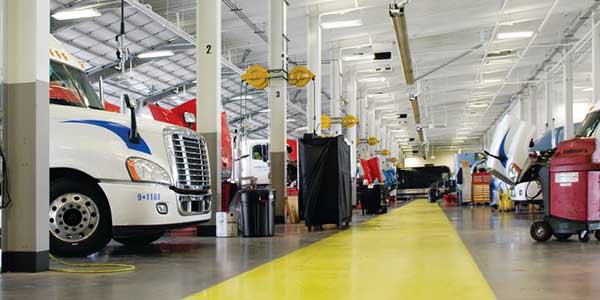If market longevity is any gauge of product success, the Western Star 4900 model line would be the truck equivalent of a baseball grand slam.
Introduced in 1967, the 4900 was Western Star’s first production vehicle. The unit was heavy-duty in every sense of the term and intended for severe service in the logging and mining industries. That same model—albeit a much more refined and lighter version—is still being manufactured today, and it’s used across the trucking-application spectrum.
The 4900 is one of two base models Western Star builds nowadays. It’s the proverbial little brother to the massive 6900 line, which is the ultimate in off-road hauling machinery, featuring triple and quadruple C-channel frames and planetary axles—plus a tare weight that limits its on-highway payload to a driver and his lunch bucket.
With the oversized 6900 handling really big stuff, the 4900 has to be versatile enough to cover all other customer needs, such as long-haul, regional, P&D, refuse, bulk, timber and construction. Western Star officials accomplished this feat by offering essentially four variations of the truck: FA (set-forward front axle), SA (set-back front axle), EX (extended hood) and Low-Max (basically an EX, but with a lower ride height and taller attitude).
Western Star has long been the industry’s niche player, appealing mainly to owner-operators and small fleets, particular those with unique vehicular demands. This reputation for building fully customized trucks has been somewhat of a double-edged sword; however, the company has some of the most loyal customers of any OEM. It’s sort of the Lamborghini of North American heavy automotive manufacturing.
And just like a high-end sports car, the Western Star 4900 offers a premium fit and finish—this in addition to its nearly legendary durability. All versions of the truck use the same steel cab, dubbed the Constellation, which was introduced in 1996 and has changed little since. It features a spacious interior that is both “old school” and elegant. Three broad, flat dash panels directly ahead of the driver can accommodate as many as 20 gauges and 36 large, rectangular switches—not to mention a digital readout that provides even more trip and truck information. This level of instrumentation or fingertip control probably exceeds that found in some commercial aircraft.
Above and beyond the rosewood dash, the view outside can best be described as traditional, framed in part by the squarish hoods available with the 4900. Of these, the SA variant, considered slightly more aerodynamic than the others, offers the shortest line-of-sight to the pavement ahead of the bumper, but it will still eclipse a Miata or motorcycle that’s too close for comfort.
Western Star is the only truck maker these days that doesn’t build a fully streamlined aero model. The reason: no demand from buyers, says Matt Gervais, the company’s product strategy manager. “Over the years, our customers have made it clear to us that they prefer traditional styling,” he says. “We pay a lot of attention to their preferences whenever we’re considering any changes to our product line.”
This input was apparently key in developing the company’s most recent sleeper compartment, the Stratosphere, introduced in 2003. The first prototype of the unit, displayed two years earlier at the Mid-America Trucking Show, had garnered a considerable amount of negative feedback from loyalists and purists. That sent engineers back to their proverbial drawing boards to restart the effort. They returned to MATS in ’03 with a compartment that more closely matched the brand’s heritage.
Visually, the Stratosphere is something of a rolling contradiction, featuring traditional design elements atop a fully aerodynamic and seemingly integral sleeper. The combination is attractive and effective. It’s also misleading. The Stratosphere is not part of the truck’s cab, but it appears to be because both compartments share a common roof. The approach neatly achieves the company’s somewhat divergent design goals, boosting interior dimensions while maintaining exterior convention.
From the outside, the Strato-sphere’s family lineage is obvious. (It is, after all, a tall version of the company’s Star Light sleeper, introduced in 1998.) The unit’s chief identifying element is its soaring fiberglass top, which mimics a normal cab roof for the first 18 in. or so behind the A-pillars, with enough space to accommodate chrome horns and markers lights. Then it rises sharply to full height above the truck’s seats. The location of this steep incline allows most drivers to walk unbent between the cockpit and sleeper.
The configuration’s benefits aren’t limited to just headroom, however. Designers used part of the extra space for an overhead storage console, mounted beneath a large optional skylight window. They also eliminated any structural boundary between cab and sleeper. A single, overarching ceiling and flat floor throughout add to the notion of an integral enclosure. The impression is compounded by a noticeable lack of flexing between front and rear rooms while the truck is moving.
Attention to detail is just one of the factors that has kept Western Star buyers so enthusiastic about the brand for more than 40 years. Another is consistency, a good example of which is the 4900. Although there have been slight shifts in the nomenclature during the past four decades, the model line has been in production from the start. That’s probably a record for the trucking industry.
To celebrate this milestone, the company is now offering a “Limited ’67” edition of the 4900. It includes a Detroit Diesel DD15 engine rated at 560 HP and 1,967 lbs.-ft. of torque. “That’s the highest rating for the DD15,” Gervais says, “and it’s only available through Western Star.” The package also includes special commemorative door badges and seat stitching, plus a roller board said to be “full of goodies.”
Such a promotion will no doubt appeal to many truckers whose heads are constantly in the Stars.




